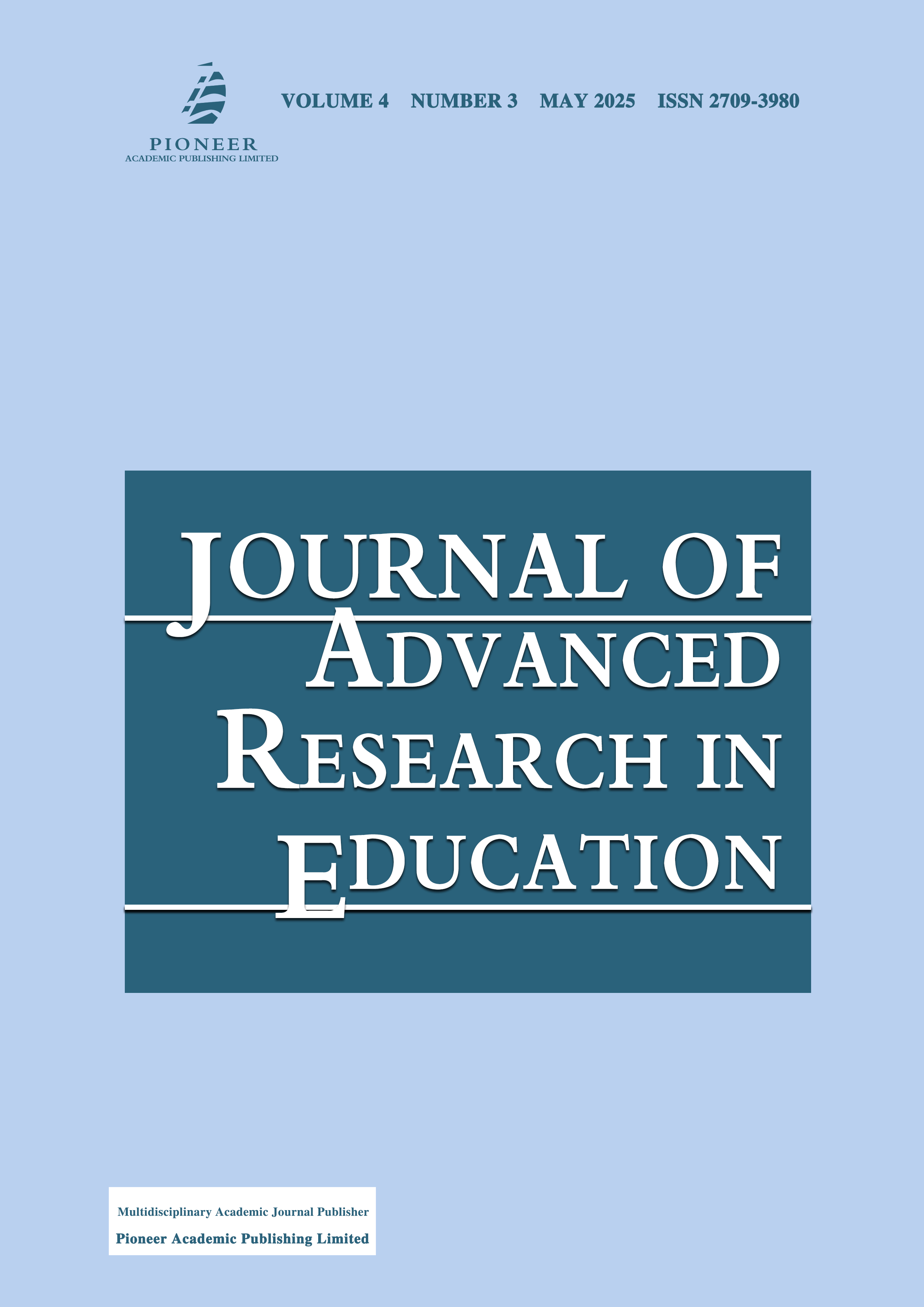Efficacy of Peer-Assisted Reading Program in Improving Students’ Reading Comprehension Level
Keywords:
reading comprehension, grade 7, PISA, reading program, peer-tutoringAbstract
This research investigates the effectiveness of the Peer-Assisted Reading Program (PARP) in improving reading comprehension for seventh-grade students. Initially, a pre-test was administered, and 65.79% of the students were categorized in the “Frustrational” reading level and had an average score of 10.42 (52.11%), unfortunately indicating comprehension difficulty. After the intervention, the post-test results indicated an average of 13.76 (68.82%), with 68.42% at the “Instructional” reading level and 18.42% at the “Independent” comprehension level. A paired sample t-test was conducted and indicated a statistically significant difference (t = 6.11, p < 0.001) and indicated a large effect size (0.991). Students provided mixed impressions of the program, where they identified benefits such as improved articulation of analysis and increased motivation levels of reading because of the reading appeal and shortcomings of being too long or misalignment with reading and questions and assessment. This information indicates a necessity for further individualized instructional planning, using greater attention to building individualized and strategic instructional planning for all learners to support reading comprehension.


